Destiny 2 and Anthem are duking it out in the “always-online, shared-world looter-shooter” genre. There will be only one will be left standing, and yet, perhaps that eventual winner might be the newest entrant: Tom Clancy’s The Division 2. When the original game released back in 2016, some considered it a “Destiny-killer.” Unfortunately, a lackluster endgame and Dark Zone exploits sullied what could’ve been a terrific experience. The Division only succeeded in shooting itself in the foot, and Massive Entertainment has taken steps to improve the game.
All of that has culminated in a sequel that, while not perfect, still manages to vastly improve upon what the original set out to be. In many ways, the studio provided something that was akin to their namesake. Tom Clancy’s The Division 2 is a massive form of entertainment, one that can keep you engaged for a long time.
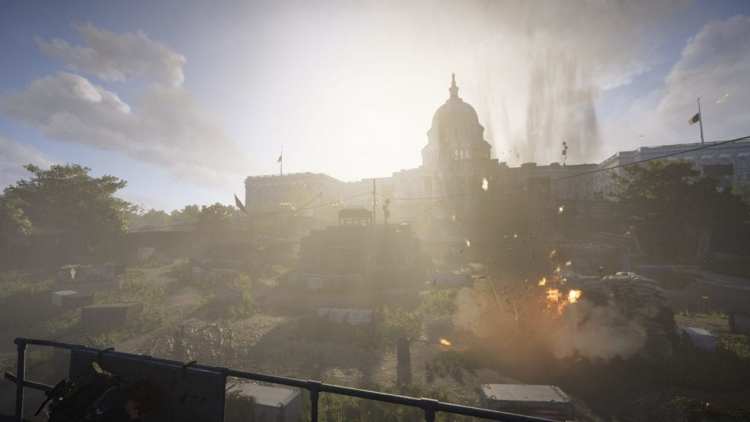
The campaign culminates in the siege of the Capitol Building. The Division 2 has Photo Mode, but since you can’t pause, you’ll probably stay in cover while taking in-combat screenshots.
The Story So Far in The Division 2
Let’s get this out of the way. Storytelling is not The Division 2’s strongest suit. It’s probably not the strength for a number of looter-shooters out there outside of Gearbox’s Borderlands franchise. The usual smattering of lore fragments and collectibles interspersed with a number of cutscenes are all present in The Division 2. Rather than piece together the puzzle, what you’ll simply need to know is that a virus wiped out millions. Society almost collapsed, until the remaining survivors decided to resort to anarchy or defend civilized norms. As an agent of the Strategic Homeland Defense (SHD) or the “Division,” your task is to help the survivors of Washington D.C. rebuild, preventing the city from spiraling into utter chaos.
Although you can enjoy the worldbuilding aspect from certain collectibles (including cellphone calls and echo fragments), you’ll probably marvel instead at the literal “worldbuilding” surrounding you. Washington D.C. is rendered in almost lifelike detail from various landmarks and commercial centers to neighborhoods. Transitioning from one zone to another is seamless and every area is interconnected. It’s a gigantic, sprawling world, unlike the narrow streets of New York. Even The Division 2’s Dark Zone PvPvE maps (and there are three at the moment) feel larger and more wide-open than its predecessor.
The last time I visited the USA’s capital was over 15 years ago, and it was my first time working abroad. Seeing the same locales in The Division 2, along with the Lincoln Memorial and Air and Space Museum (the first time I was able to try their “flight sim”) was a treat. I can only imagine how ecstatic D.C. residents might be at the sheer size, scale, and scope of the game.
It helps that the landscapes, buildings, and scenery are rendered as vividly and strikingly as possible. The day-and-night cycle and dynamic weather also add immersion. One would be reminded of how Ubisoft captured our imagination in their depictions of Italy or Greece in the Assassin’s Creed games.
As noted in our technical review, The Division 2 is graphically outstanding with nary a performance drop. If you’re not rushing to hit the endgame, take your time, take a breather, and just enjoy the sights and sounds.
A Living, Breathing World
All the scenery and graphics would be for naught if the characters were bland and dreary. Thankfully, The Division 2 has a living, breathing world that complements its visual details. There are so many things to do, and so many nooks and crannies to explore that you’ll get distracted from your usual objective half the time. In most cases, these roads less traveled (and sewers left unexplored) might have crafting materials, item chests, faction keys, or even hidden bosses.
As you explore Washington D.C., you’ll encounter factions vying for control. The Outcasts, True Sons, and Hyenas are all picking up the scraps. The Black Tusk, a paramilitary organization with shady dealings, will eventually arrive in the endgame. Firefights erupt, and you’ll even hear the din of explosions from alleyways or street corners as these factions or friendly NPCs clash. The same goes for the Dark Zone maps showcasing numerous enemies that you’ll need to take down for some sweet loot.
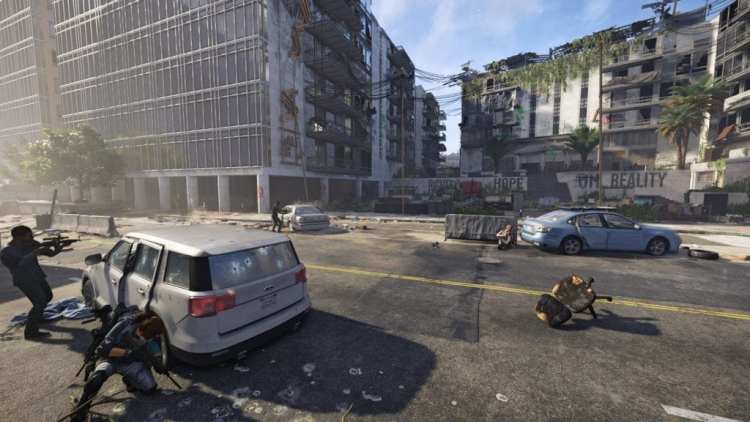
Allies provide covering fire or distractions, or they’d hunker down while opposing troops hurl insults at you.
As you progress through the campaign, you’ll eventually unlock more NPCs to aid with your builds, crafting, Dark Zone and Conflict PvP, bounties, and more. You’ll also be able to help out settlements and control points, rebuilding them from the ashes. You can call on friendly NPCs to help you take over a hostile group’s territory by firing a flare gun. At times, they might even you if they happened to be passing by while you’re under attack.
The addition of these elements in the game world is a joy to see in practice. Even if you’re a solo player, you’ll never feel alone.
Bolstering the above is The Division 2’s user-friendly matchmaking system. Pinned down? Just call for backup and a player who has the setting enabled can answer the call. For a number of activities, you can easily join a matchmaking queue and keep exploring until a team is ready. You’re never taken out of the game just so you could wait in a queue.
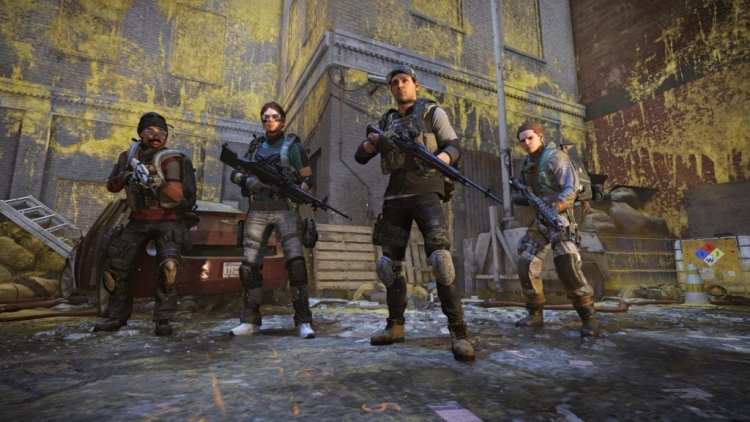
I queued up for Conflict, a traditional PvP game mode while exploring and collecting crafting materials.
Cover-Based Combat
Unlike a number of looter-shooters that would have you going gung-ho like a roided Rambo or a space wizard, The Division 2 emphasizes a tactical approach. Going in recklessly will get you killed, and so you’ll have to utilize cover to your advantage.
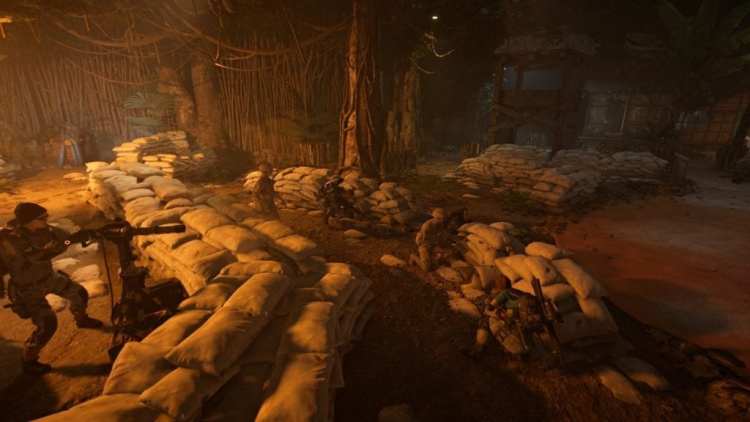
This isn’t Call of Duty, Battlefield, or Destiny, but there are nods to those games in certain missions.
Moving from cover to cover, popping your skills, pelting your enemies with bullets, and avoiding incoming fire are all magnificently done owing to an intuitive control scheme. The clunkiness which I experienced during the beta is almost all but gone. It’s worth noting, however, that weapon recoil is extremely hard to manage when using a gamepad even with some tweaking. You’re better off using a mouse when aiming with machine guns or marksman rifles.
Battles rage around you as the game throws dozens of enemies and several waves whether you’re completing mission objectives, public events, strongholds, or just regular free play exploration. The AI can be brutal at higher difficulties. Not only are mobs tough to take down, but they’ll also attempt to flank you or use their own abilities and gadgets.
To even the odds, you have a unique set of skills that make you a nightmare for D.C.’s scum. You can choose from eight main skills ranging from a turret — which can fire like a machine gun, flamethrower, or sniper — to a ballistics shield that covers most of your body or one that can deflect bullets.
These skills have multiple subsets with their own usage and mod slots boosting their damage/healing, duration, or other effects. Similarly, the weapons and armor pieces that you obtain (and the game throws loot your way) have their own perks, mod slots, and even set bonuses depending on the manufacturer. One downside, though, is that a number of weapon mods will increase one stat while decreasing another (ie. increases stability but decreases accuracy). This can hamper your experience when having multiple weapon attachments.
Once you complete the campaign, you also gain access to three Specializations with their unique perk trees and weaponry — a grenade launcher, a crossbow, and a high-caliber sniper rifle. There’s so much min-maxing you can do attuned to your playstyle that there’s neither a strict nor structured way of playing.
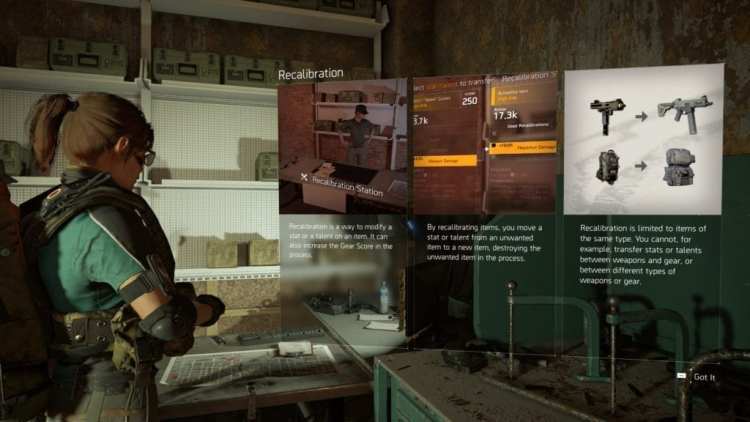
You can also recalibrate your items. This means taking a perk you like from an older one and adding it to a high-level item. It’s random rolls, modding, and infusion done right.
Endgame Shenanigans
A number of online games tend to focus too much on progression via the endgame, and The Division 2 is no different. I mentioned earlier that one of the failures of the original was its Incursion (raids) that were borderline tedious. The same can be said of the endgame grind in the sequel. It does become tiresome after a while.
After completing the campaign, the world changes with the arrival of the Black Tusk. Previous control points and settlements are overrun, and you’d need to retake them once more. Factions engage in all-out warfare in the streets. Your goal now is to progress from one “World Tier” to the next starting at World Tier 1.
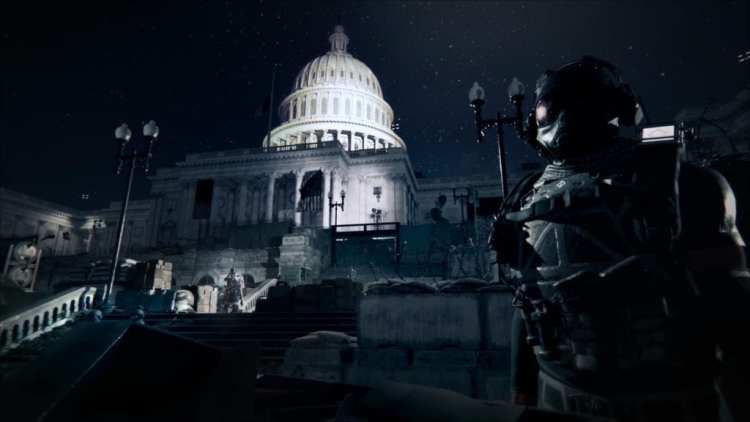
The arrival of the Black Tusk faction with their heavily-armored troops and mecha-dogs signals a major change to the game world.
This is the process:
- complete invaded missions (the same missions, now with tougher Black Tusk enemies)
- do other world activities and harder missions to get more gear
- attain higher gear score to tackle the strongholds
- beat strongholds to reach the next world tier
- repeat until you reach World Tier 4 since the next tier is still unavailable
- wait until the 8-man raid is released
After 30+ hours of playing, I’m now at World Tier 4, wondering if anyone in Massive Entertainment thought this style of progression was “fun.” As I mentioned during the beta, this endgame progression along with bullet sponge enemies and re-running the same missions will become egregiously repetitive and grindy after a while.
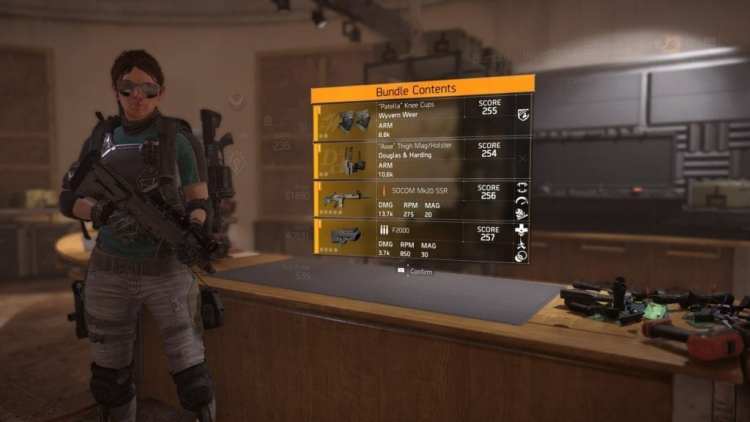
Pray that RNG gives you the items you need. “Smart loot” a la Destiny seems to be employed since the game takes into account the highest gear score for each slot even if the items aren’t equipped or they’re in your stash.
It also didn’t help matters that a pre-launch update has led to a number of crashes for PC users. Apparently, it’s tied to the use of the drone skill no matter the variation. Whenever I joined randoms for certain runs, I have to remind them not to use any drone skill to avoid crashes. Unfortunately, I’m stuck in the Asia server. I’d have to use Google Translate in case a drone-using player doesn’t understand what I meant.
Certain deployable skills also suddenly disappear into thin air. It was odd to see everything working properly during the early access release. Meanwhile, the update for the wider release put a kibosh on things.
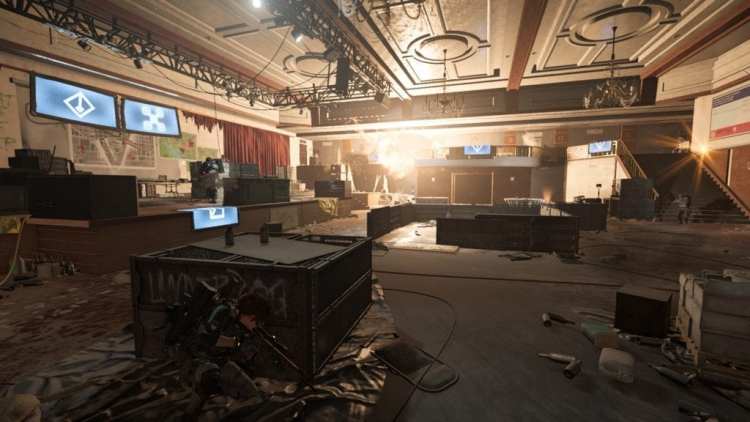
The Black Tusk mobs in the Grand Washington Hotel invaded mission. I had a turret placed here, but it disappeared before I could use Photo Mode.
Massively Entertained
If you’re able to look past these technical issues and the endgame grind, you’ll no doubt find loads of entertainment and engagement from Tom Clancy’s The Division 2. While the endgame progression becomes dreary after a couple of hours, the mere fact that you can start min-maxing and repurposing your gear’s perks helps in case you like the random rolls. Should you run with your clan or LFG randoms, a simple reminder not to use bugged skills leads to a smooth ride. Everything else, though, is presented in spectacular, top-notch form.
Massive Entertainment have outdone themselves in crafting a sequel for the ages. They understood the shortcomings of the first game and doubled-down on what made fans stay for the long haul. Although there are some issues, Tom Clancy’s The Division 2 exemplifies what happens when you do an online, shared-world looter-shooter the right way from the get-go. This is something that Destiny 2 struggled with in the past, and what Anthem can’t seem to solve. For Massive Entertainment and The Division 2, you’ll just need to buckle your seatbelts and enjoy the ride.
Don’t forget to check out our earlier technical review which examines the graphics, performance benchmark, controls, and other options in-depth.

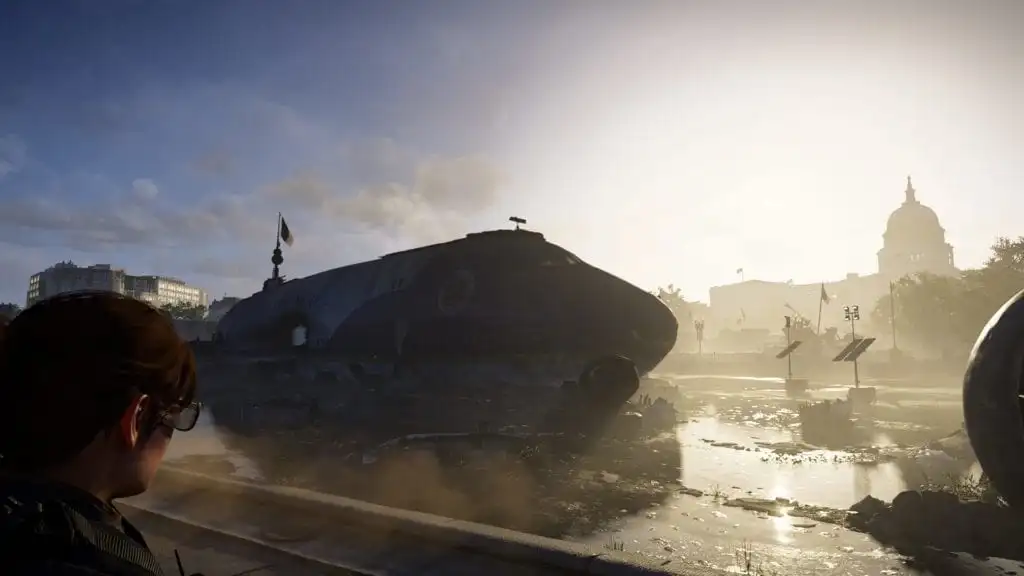
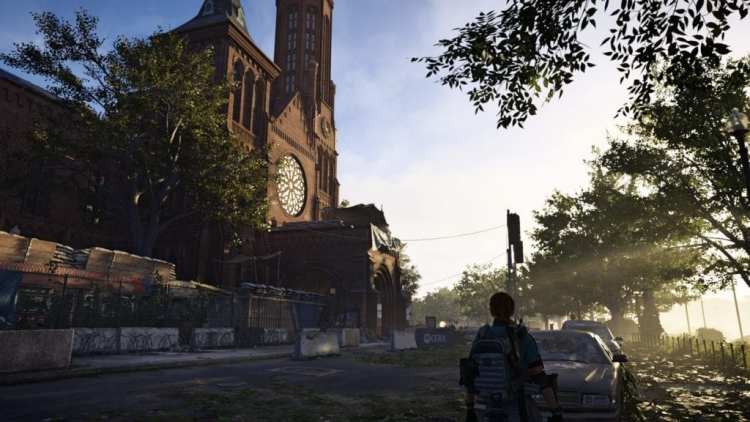
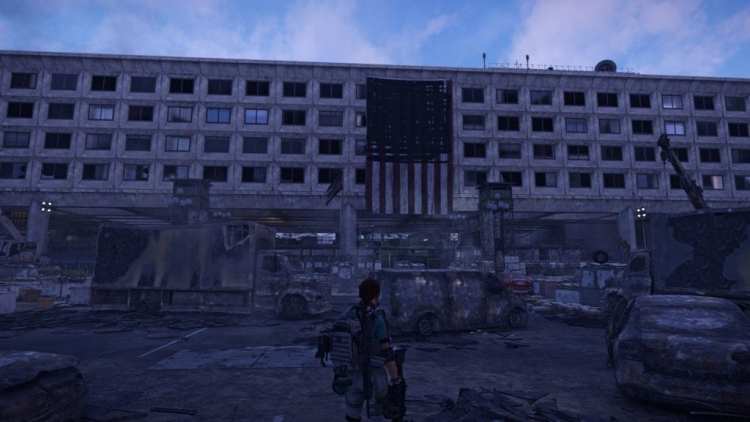
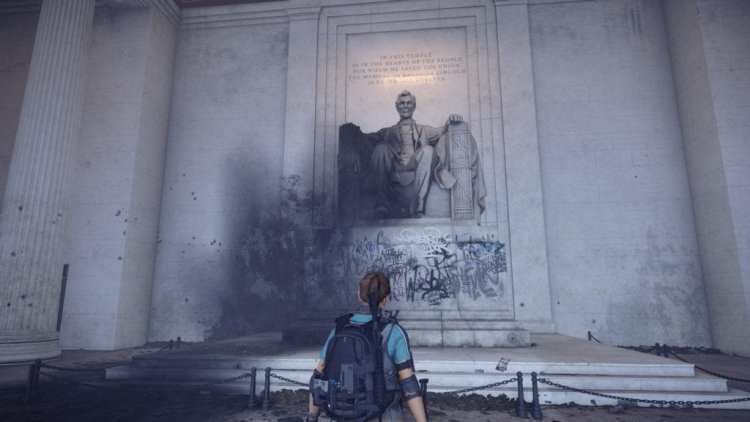
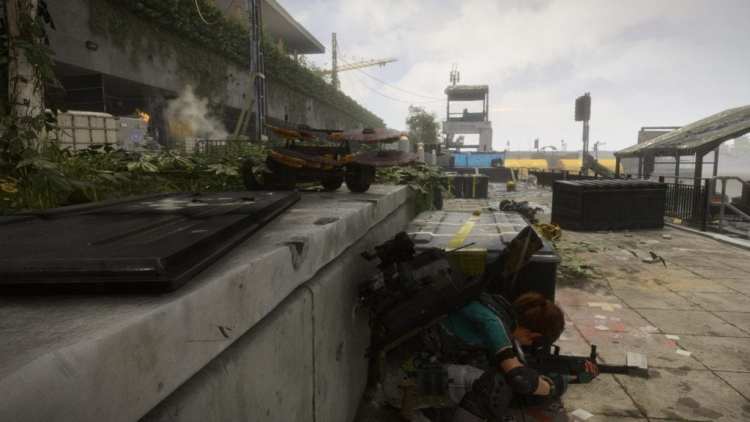





Published: Mar 16, 2019 01:53 am